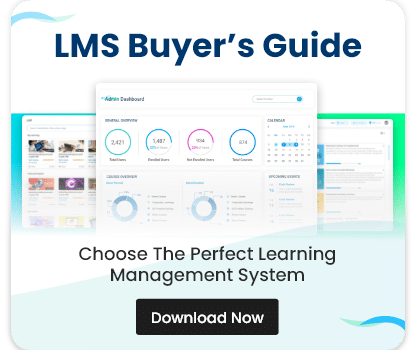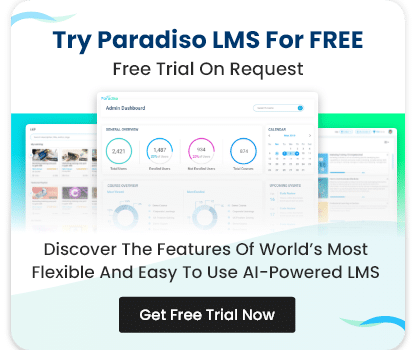Custom LMS Costs for Growing Businesses
As businesses scale and require more complex features, they will need to invest in customizations, integrations, and advanced security.
Custom LMS Costs for Growing Businesses
For businesses with 1,000 to 20,000 monthly active users, proprietary LMS platforms will typically charge around $1.5 per registered user per month. With around 30,000 registered users, the three-year cost for a proprietary LMS could total $1.6 million.
Development Costs for Custom LMS: From Scratch
Building an LMS from scratch requires careful planning and significant development efforts. For a growing business, development costs are generally around $360,000, depending on the complexity and features required. Custom reporting, integrations, mobile applications, and advanced workflows can drive up the cost further.
Open-Source Custom LMS Development
An open-source LMS, such as Open edX, can be customized to meet the needs of a growing business for a fraction of the cost. With 70% to 80% of the functionality already provided out-of-the-box, the average development cost for growing businesses is around $117,000. This includes necessary support, hosting, and advanced features like gamification, mobile apps, and detailed reporting tools.


















